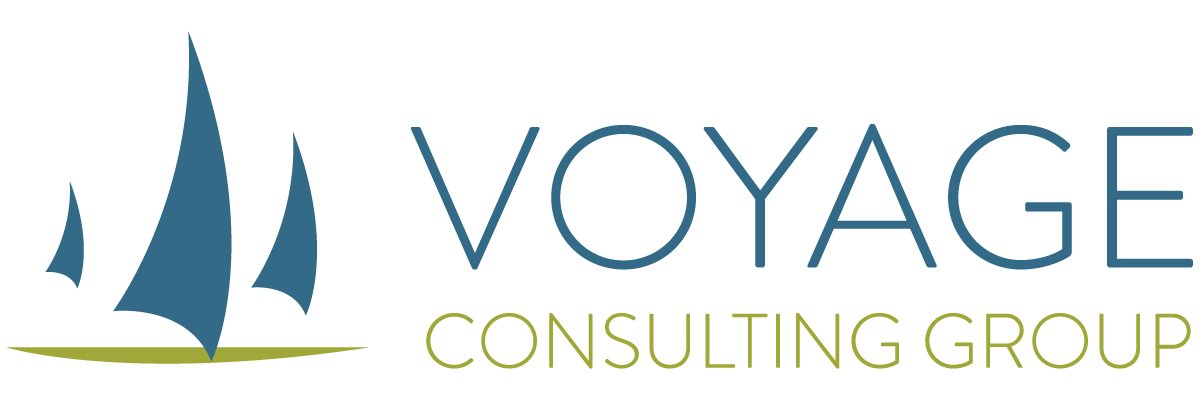
OBSERVATIONS
Why Simple Deals Win: A Key Leadership Lesson from Warren Buffett
In the complex world of business acquisitions, simplicity and trust can emerge as the most effective strategies. A compelling example of this is Warren Buffett's acquisition of Forest River, an RV manufacturing company founded by the late Peter Liegl.

